Maneki Neko, 招き猫, Beckoning Cat (Lucky Cat)
Sometimes, spontaneous things work out better than the things you’ve planned out. My initial goal for today’s entry was to do an ikebana involving matsu (pine), but the weather’s been pretty miserable and I’m not feeling great (nothing worrisome, just that time of the month) so I didn’t much feel like tromping around in the yard looking for the perfect branch to work with. Thankfully, this utterly adorable Lego Maneki Neko kit arrived yesterday, and saved me from failure! I realised it was the perfect inspiration point for a fun little knowledge post.
 Maneki neko is one of Japan’s most enduring cute little traditions. They’re immediately recognisable and found all over the world. Traditionally made of ceramic or carved wood, they can now be found made of plastic, metal, eraser, food, vinyl, and yes, even Lego!
Maneki neko is one of Japan’s most enduring cute little traditions. They’re immediately recognisable and found all over the world. Traditionally made of ceramic or carved wood, they can now be found made of plastic, metal, eraser, food, vinyl, and yes, even Lego!
The name maneki neko means “beckoning cat.” What it’s supposed to bring to you depends on which paw is up and beckoning, and occasionally the colour of the cat itself or the character on its bib. Typically the left paw up is said to be for bringing in customers, and the right paw up is for bringing in wealth. It’s common to see the left-paw style in restaurants and businesses. While they were all originally white or calico-patterned, much like the daruma they now also come in different colours to represent different aspirations such as red for health, pink for love, or gold for wealth.
One day I would like to get a tattoo of a maneki neko to bring me health and luck wherever I go! Until then I will have to satisfy myself with figurines and statuettes.

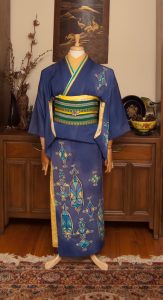
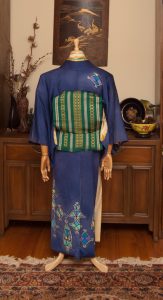
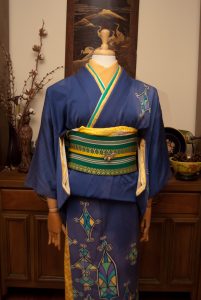
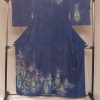
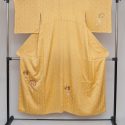
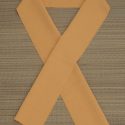
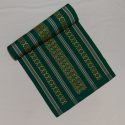
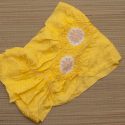
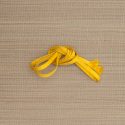

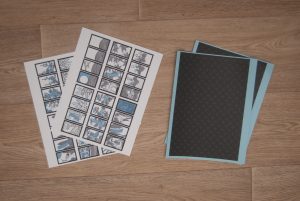
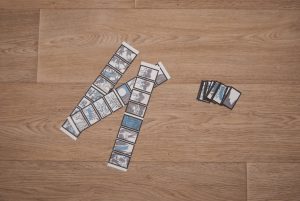
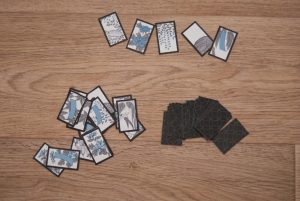











 Bebe Taian
Bebe Taian CHOKO Blog
CHOKO Blog Gion Kobu
Gion Kobu